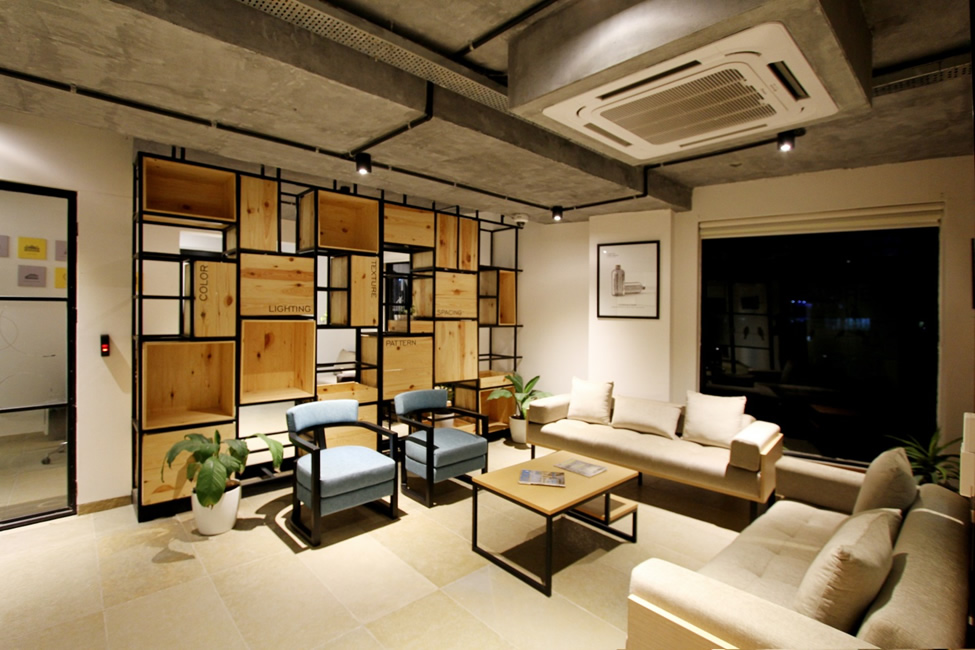A whole-house air conditioner is a common term that most people use to describe a central air conditioning system. It is the most popular style of air conditioning unit that cools the air at a central location before pushing it into different rooms through ducts, effectively replacing warm air and lowering the indoor temperature.
This air conditioning system comprises three main components, namely condenser, compressor, and evaporator. Like other types of air conditioners, it uses a refrigerant to cool the air. However, unlike split and window air conditioners, a whole-house air conditioner relies on ductwork to distribute the filtered air in your living space.
How Does a Whole-House Air Conditioner Work?
Although it may sound complex, the working of a whole-house air conditioner is not difficult to understand.
When your home begins to get hot, and the temperature reaches a certain degree, the thermostat turns on the central air conditioning system. It picks up warm air from inside each room and carries it back through the ducts. Before passing over the cooling coil or evaporator, the air moves through various filters to remove dust and other airborne particles. Next, the refrigerant absorbs the heat and cools the air. A blower fan then pushes the cooled air into different rooms.
Meanwhile, the heat absorbed by the refrigerant turns into refrigerant gas that travels to the compressor. This in turn pressurizes the gas before sending it to the condenser coil to be released outdoors. In the absence of heat, the refrigerant turns back to a liquid and travels to the evaporator to continue cooling your home.
Advantages of Whole-House Air Conditioners
Here are some of the biggest reasons residential homeowners prefer central air conditioning systems.
Consistent Temperature
A whole-house air conditioner does not have separate units for each room. Instead, it cools down your entire home at the same time by pushing cool air through the ducts built into the structure of your property. All you need to do is set the thermostat to the desired temperature, and your central AC system will ensure every part of your home has a consistent temperature.
Energy Efficient
Installing a central air conditioning system may be a considerable investment, but it can help you save money in the long run. Running one whole-house air conditioner consumes relatively less power than running several units in multiple rooms. However, to ensure maximum efficiency, make sure to choose an AC unit that is neither too big nor too small for your house.
Cleaner Air
A whole-house air conditioner improves indoor air quality by removing pollutants and dust particles from your environment. It can also have a positive impact on your health. Moreover, these AC units help dehumidify your home, providing relief to those facing dust allergies and other respiratory problems.
Our Final Thoughts
If you are looking for an efficient cooling system for your entire home, you should consider investing in a central air conditioning system. With routine maintenance and care, your cooling system can last for decades.
To ensure your whole-house air conditioner is functioning correctly, don’t hesitate to contact Air Repair today. Our team of experts specializes in replacing, maintaining, and repairing air conditioners in commercial and residential settings alike.



